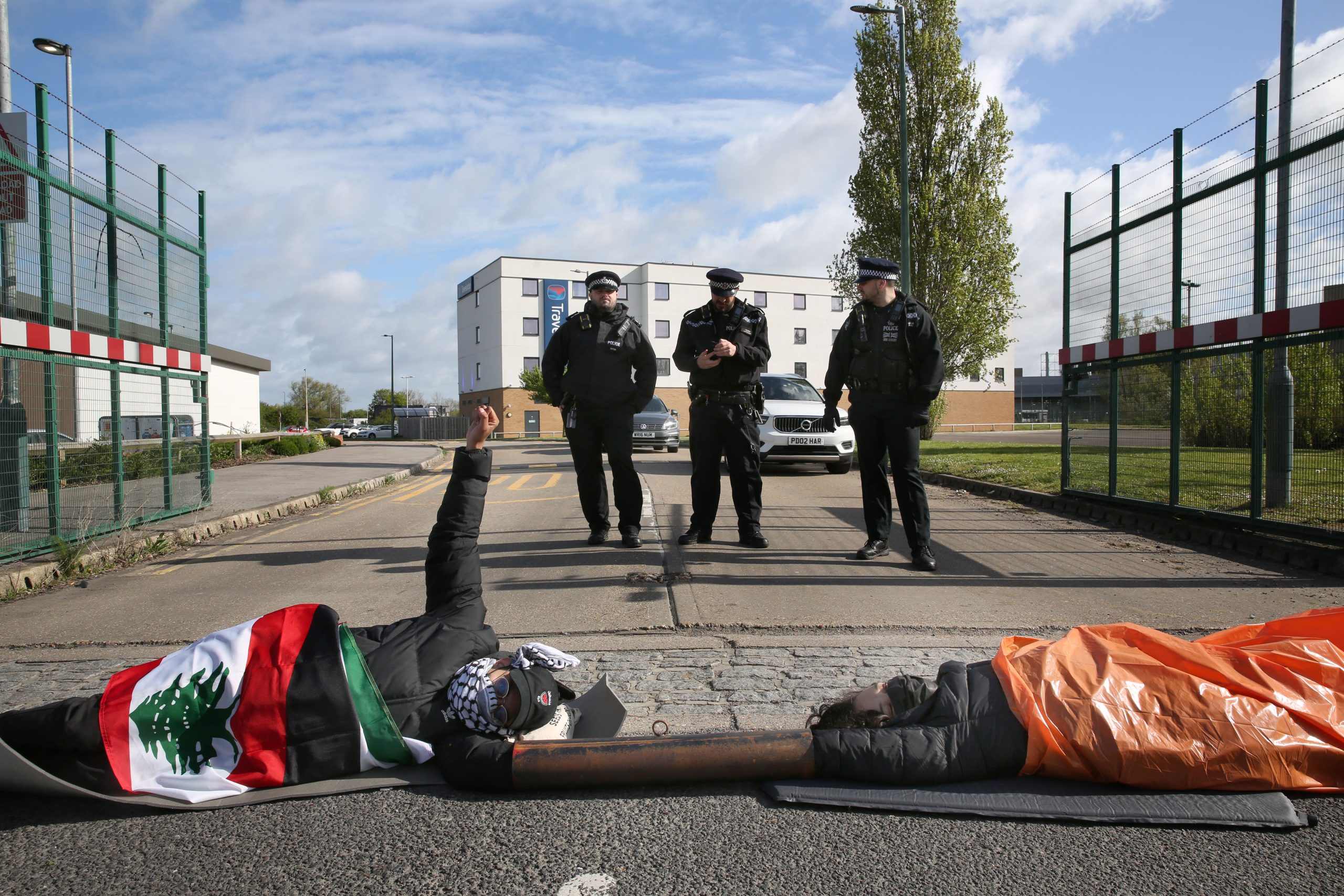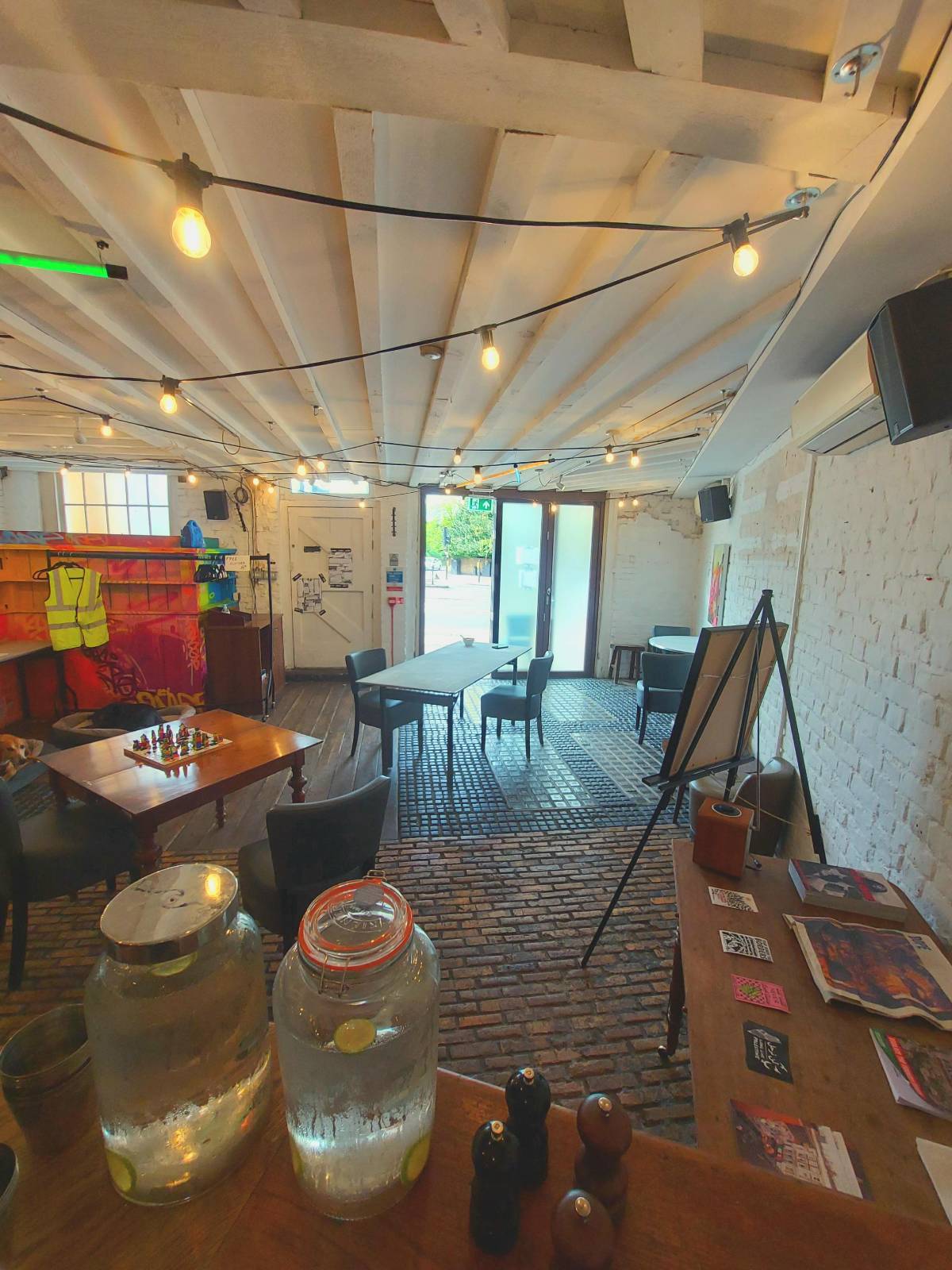A journalist reflects on their experiences over the last two decades of working in local news, arguing that bosses’ monopolistic mismanagement drove the regional papers into the dirt and it’s long past time they stopped blaming others for their failings.
Recently there’s been another splurge in the newspaper press about one of their favourite topics, “how the internet has killed skilled journalism.” No less a mogul than Rupert Murdoch held forth in a statement to his shareholders saying that income for papers has been a hard thing to come by, underscored by his spinning them off from the rest of his multinational holdings in 2013.
Murdoch is often characterised as having a soft spot for the printed form that launched him as a political power player. But the truth is that Murdoch likes money, and he likes influence which makes him money. While papers continue to hold a place in that schema he’ll keep publishing them, and when they cease providing it he’ll kill them.
When the News of the World became a liability in his quest to build his TV empire he had no compunction about shutting it down — a small source of comfort for the left at the time but more clearly a showing of his disinterest in journalism even from his own side, directed by his own policies, where it conflicted with other priorities.
And this is a story repeated across the mainstream news media for the last 20-30 years, as it slid from producing intermittently useful investigative work amid the dross to a reliance on whistleblowing and bloggers to paint a veneer over the husk.
The local experience
I started working in regional papers shortly after the turn of the millennium. Social media was yet to become truly hegemonic in mediating the online world and Indymedia was a major left platform while libcom hadn’t even started.
But it was then, not now, when the papers really started to be run down. And the culprits weren’t Facebook, Twitter or even the Canary. The people to blame were sitting on company boards, maximising profits by dismantling the investigative function of their dailies, giving the advertising team priority over editorial, cutting photographers and journalists and subs.
They had by then collectively acquired monopoly positions on most of their regional holdings — between them the Big Six firms currently own 81% of all regional print media (in Britain 25% is considered a monopoly). The average county town had maybe one daily offering, with a possible “alternative” most often owned by the same firm offering largely pretend competition, often out of the same building and possibly even with the same sub editors doing layout.
Johnston, Trinity Mirror, Newsquest, Archant, each had their own monopoly demesne, tacitly agreed between the press giants. And with monopoly came all the attendant damaging behaviours. Customers treated like idiots, staff treated like burdens, a need to raise short term profit margins in a mature market pressuring bosses to cut standards and corners.

There were, to be sure, some outside pressures. Print journalism used to rely a lot on car advertising, classifieds and the like for income, which the far better targeted and detailed internet offerings really did kill. Later, the 2007 crisis would also call time on a lot of other advertising which never came back, lost mainly to online. The nationals have also belatedly suffered from this, as despite their greater reach and cachet targeted ads are simply more effective per pound than the static general audience offerings in the dead tree trade. But that wasn’t what really drove the ousting of older, experienced and expensive journalists, or the cutting off of investigative funding.
Chasing the rising line
In the early 2000s the industry was still doing just about okay, following the general trend in a booming economic climate. But the amount of writing being expected per reporter every day had already jumped enormously on the numbers from ten years prior, largely wiping out the kind of journalism that requires you to be outside the office knocking on doors.
Contrary to the line spouted today, newspaper writing was already a victim of short-term bottom line thinking at this stage. The news desk had shed most of its old timers and specialists and was well on its way to a norm of churnalism and wire rewrites after years of cuts by bosses looking for growth in a market with little growth potential.
What this meant, the consequences it would have for the long term future of an industry reliant entirely on reader trust and a sense of “this is where to reliably find out what’s happening” to keep sales, was already obvious to workers. The National Union of Journalists, not a tremendously militant union, was very clear that it would lead to a collapse of respect for the trade followed by a break with the habit of buying papers that would probably not return.
But all warnings went ignored. The short term gains were the important bit, not standards, not the retention of skills and trust.
When the bubble began to burst, as I entered the trade, bosses started to see the impact of their decisions. Sales were falling. Advertising was falling. Yet rather than listen they doubled down on cuts, reasoning that with new technology should come productivity gains.
They sacked photographers early, increasingly giving out cheap cameras to their writers and calling it “photojournalism.” The quality of the photos coming through duly suffered. They took more advantage of the national agency wires, now easily cut and pasted from online, to fill out room. Their foreign and national news coverage duly suffered, as lacking a reporter with national contacts and experience they lost out on the local angles of Westminster lawmaking. They cut the budget for reporters to get out to stories, relying on police and council press releases and a couple of quick phone calls to build articles instead. The quality of their crime and local beat reports duly suffered.
Jobs sloughed away every year. The news and subbing desks were cut, and reports for one paper were simply reordered for other editions and slips rather than finding bespoke local angles. Eventually desks were merged into hubs. Smaller local papers were de facto closed and production “consolidated” to other sites, sometimes based in completely different counties or covering vastly different populations.
In London for example, specialist regional firm Archant currently runs 17 London papers out of two sites in Barking and Hampsted, with barely a reporter to be seen in the communities where they are trying to sell their papers. The direct result of this has been a stunning collapse in reader numbers, illustrated in the chart below from 2016:

Despite a bullish report from Archant that its papers were the only ones to record growth, the Ilford Recorder is the only major riser, largely achieved through shifting to a free distribution model in an effort to boost paid advertising rather than gaining new readers. The rest of the field was a nationwide disaster zone, with bottom-placed The Birmingham Post losing nearly 40% of its readers in just one year.
The Post is a case study in this tale of barely-managed decline, seeing a move out of the city centre in 2008 (key because it means there’s no easy route for “walk-ins”), a shift to weekly production with the loss of 80 jobs in 2009, another 25 in 2015 along with the editor, and ten more jobs going this year (described as 20% of the remaining staff). The language used is instructive in this process, with “in-depth business news and analysis” usually meaning “free columns from a corporate mate of the editor” and “write to predetermined story shapes” meaning “we’re not going to bother to sub or lay this out properly.” Apparently the website’s popular though, so that’s alright.
Don’t blame fake news
Most of this is not the internet’s fault, and it’s certainly not down to the Canary, or Novara Media. Fake and alternative news didn’t create a dearth of interest and trust in local fare, which of course feeds into a similar attitude to national news as it goes through its own version of the process. Audiences simply reacted entirely logically to the deliberate evisceration of local news as anything but a platform for advertising by ceasing to take it seriously or bother paying for it.
It’s an easy rhetorical fix for the press chiefs and their tamer employees to blame outside disruption, or the “easily-led masses,” for industry woes. But the pit was dug long before by people using the same basic playbook as Murdoch, mistaking the existing loyalty of their readers for a guaranteed income regardless of how they cut away at the roots of that loyalty.
The relentless nosedive of local journalism into irrelevancy did indeed open the way for other outlets and gift social media with an easy run as a lone source of raw information, some of it poorly researched or even deliberately inaccurate. But if you can’t, for example, find the resources to commit a reporter to a frack site, building up contacts and information properly, what you end up with is someone copy-pasting the police press release and the frack firm’s PR release, while your frack-skeptical audience flocks to alternative sites with different sourcing.
The solution has always been to spend more resources to improve the quality of the reporting on offer. But bosses are constitutionally incapable of doing this, painted into a corner by the need to placate shareholders with annual improvements to the company bottom line regardless of long-term sustainability.
Big media local journalism (and this also feeds into national journalism through the collapsing quality of staff feeding through) in fact seems systemically unable at this point to provide the sort of old-fashioned legwork that would make it relevant again. And this is also a problem for radicals to take note of, inasmuch as for all the often seriously dodgy politics of regional papers, that ground floor information has always been a major plank in the secondary research we rely on.
Council reports, parish information, planning application stories, little articles on locals getting pissed off with something happening in their back yard, a lack of reporting on these tremors adds up until an earthquake like Grenfell happens. Then, of course, the national media notices a problem with their feeders, but such decline in the fourth estate function of the press is once again passed off as just a victim of technology and the rise of alternative media rather than as the denouement of capitalistic processes.

Victims of their own failings
The irony of the criticisms of alternative media, the new left press or whatever you want to call it is that they only exist, the opportunity is only there, because the mainstream media chewed off its own leg. It originally stamped on radical rivals through a combination of rhetoric over professional impartiality and spending serious money on outpacing, outresearching and outreaching them, but has for the most part long-since jettisoned those strengths now.
It’s notable that the big standouts in print journalism, the ones which have survived the best and retained their readers, are the likes of the near-enough specialist Financial Times and (in regional) the Camden New Journal, which also happens to be one of the last independent papers left. Editor Eric Gordon noted recently:
The fact is that over the years there are fewer journalists and therefore, of course, what you call investigative reporting is now much less often done than it used to be years ago. There is little doubt about that.
The CNJ is a multi-award winner on the regional circuit despite lacking the muscle of the big six, and exposes the skills and investment vacuum that is the real reason for the crisis in confidence and sales which has afflicted the industry. An unashamedly old-fashioned paper which prioritises editorial, it’s bucked every trend going and remains, very much against the norm, a highly trusted outfit with a whopping 66% of Camdenites seeing it as “their” paper.
A door left open
It’s been a long time since the left genuinely had a press worthy of the name pulling for it. The Mirror and the Guardian are centre-left at best and even there, neither are often fond of effective trade unions. Both rate even Jeremy Corbyn’s jobbing social democratism as somewhere between distasteful and terrifying, barely touching upon more radical ideas. In the absence of both them and a press run by the capitalists, there’s a gaping hole in news for consumption, which on a national level is being slowly filled by the likes of Skwawkbox, Novara Media, the Canary and even perennial old-timer the Morning Star. In the US, It’s Going Down is taking advantage of the Trump-rejuvenated radical landscape to run an anarchist-specific outlet of its own.
All of them have a long way to go however, with few resources and precious little expertise to work with. The pitfalls of operating in the extraordinarily complex British legal system and audience base, even as the old media titans lash their tails, are enormous and intimidating. A single solid libel case, a poor understanding of reporting privileges or a piece falling foul of reporting restrictions could wipe out any or all of them. As the excitement factor of having new media itself dies away, leaving the need to consolidate into a mature form and move beyond merely re-packaging the raw stories of other outlets, the transition could kill any or all of them. And the big players still, for now, have enough muscle to outspend local startups on ad rates and operate at a loss for long periods to maintain local dominance which could strangle any or all of them.
The Media Fund is an interesting effort to work on the financial end, but whether this will be a sustainable way of supporting its many members is anybody’s guess. There’s a lot of looking around for options going on, and a great deal of learning yet to be done.

A minority of the people involved have a journalistic background, which offers both strengths (not following the crowd or the old ways) and weaknesses including both the above, and an inability to even touch a vast arena of subjects, from court reporting to the events of everyday life outside politics that are just as important to building audiences, such as sport. The most successful radical media project in British history remains the Daily Worker, which was read as much for its racing coverage as its take on world events. We are, as a broad politic, quite bad at looking interested in people’s hobbies and likes, and reporting on them is itself a full-time job.
We need to look at and understand the guts of professional journalism, the structuring, the skills, the useful bits of training which provide the backbone of its still extremely efficient processes. And we need to be prepared for the inevitable backlash if success is achieved, not just from media rivals but from the state and companies which, let us not forget, are quite happy to boycott when their interests are threatened and in a far more coherent way than consumers can usually manage.
But the opportunity is there — and thanks to capitalist media’s cannibalistic tendencies, it’s growing. But to really build our own must-read outlets we do need to achieve something that the mainstream media had and still, to a much lesser degree, has. We need a network of groups like the Bristolian, the Stirrer and the Meteor who can write and understand their patch inside out producing not just re-nosed copy or observations about what’s happening in the mainstream, but solid information on stories which aren’t already being told. We need specialist teams like Corporate Watch. And we need to work together.








